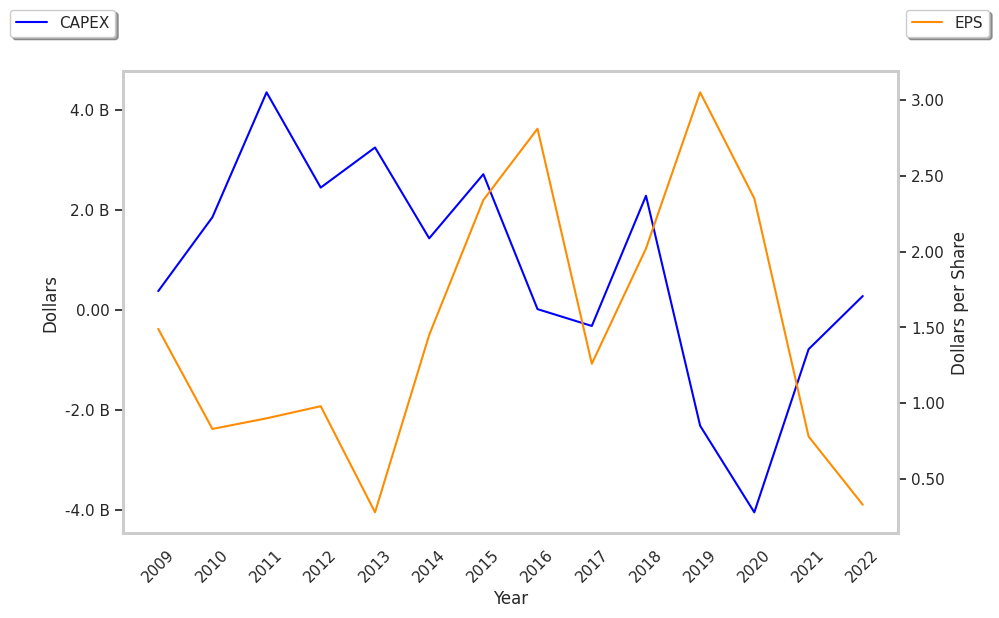Specialty Real Estate Investment Trust company Welltower is standing out today, surging to $115.28 and marking a 3.8% change. In comparison the S&P 500 moved only 2.0%.
WELL currently sits within range of its analyst target price of $112.38, which implies that its price may remain stable for the near future.
Surprisingly, analysts give the stock an average rating of buy, which shows that they believe prices could continue to move. Over the last year, Welltower shares have outperformed the S&P 500 by 14.9%, with a price change of 30.2%.
Welltower Inc. (NYSE:WELL), a REIT and S&P 500 company headquartered in Toledo, Ohio, is driving the transformation of health care infrastructure. The company is part of the real estate sector, which is mostly composed of REITs (Real Estate Investment Trusts). But there are a few real estate development and service companies included in the sector as well. While the value of REIT tracks the value of underlying investments in real property, the value of shares in real estate companies depends not only on the economic factors affecting the real estate market generally, but also investor perceptions regarding the future of the company.
Welltower's trailing 12 month P/E ratio is 106.7, based on its trailing EPS of $1.08. The company has a forward P/E ratio of 66.3 according to its forward EPS of $1.74 -- which is an estimate of what its earnings will look like in the next quarter.
As of the second quarter of 2024, the average Price to Earnings (P/E) ratio for US real estate companies is 30.37, and the S&P 500 has an average of 28.21. The P/E ratio consists in the stock's share price divided by its earnings per share (EPS), representing how much investors are willing to spend for each dollar of the company's earnings. Earnings are the company's revenues minus the cost of goods sold, overhead, and taxes.
The main limitation with P/E ratios is that they don't take into account the growth of earnings. This means that a company with a higher than average P/E ratio may still be undervalued if it has high projected earnings growth. Conversely, a company with a low P/E ratio may not present a good value proposition if its projected earnings are stagnant.
When we divide Welltower's P/E ratio by its projected 5 year earnings growth rate, we obtain its Price to Earnings Growth (PEG) ratio of -2.55. Since a PEG ratio of 1 or less may indicate that the company's valuation is proportionate to its growth potential, we see here that investors are undervaluing WELL's growth potential .
Another key to assessing a company's health is to look at its free cash flow, which is calculated on the basis of its total cash flow from operating activities minus its capital expenditures. Capital expenditures are the costs of maintaining fixed assets such as land, buildings, and equipment. From Welltower's last four annual reports, we are able to obtain the following rundown of its free cash flow:
| Date Reported | Cash Flow from Operations ($ k) | Capital expenditures ($ k) | Free Cash Flow ($ k) | YoY Growth (%) |
|---|---|---|---|---|
| 2023 | 1,601,861 | 517,682 | 1,084,179 | 27.15 |
| 2022 | 1,328,708 | 476,016 | 852,692 | -14.11 |
| 2021 | 1,275,325 | 282,588 | 992,737 | -11.34 |
| 2020 | 1,364,756 | 244,989 | 1,119,767 | -7.24 |
| 2019 | 1,535,968 | 328,824 | 1,207,144 | -8.39 |
| 2018 | 1,583,944 | 266,183 | 1,317,761 |
- Average free cash flow: $1.1 Billion
- Average free cash flown growth rate: -3.0 %
- Coefficient of variability (the lower the better): 0.0 %
With its positive cash flow, the company can not only re-invest in its business, it can offer regular returns to its equity investors in the form of dividends. Over the last 12 months, investors in WELL have received an annualized dividend yield of 2.3% on their capital.
Value investors often analyze stocks through the lens of its Price to Book (P/B) Ratio (market value divided by book value). The book value refers to the present value of the company if the company were to sell off all of its assets and pay all of its debts today - a number whose value may differ significantly depending on the accounting method.
Welltower's P/B ratio indicates that the market value of the company exceeds its book value by a factor of 2, so the company's assets may be overvalued compared to the average P/B ratio of the Real Estate sector, which stands at 2.09 as of the second quarter of 2024.
Welltower is by most measures overvalued because it has a higher P/E ratio than its sector average, an average P/B ratio, and positive cash flows with a flat trend. The stock has poor growth indicators because it has a a negative PEG ratio and weak operating margins with a negative growth trend. We hope you enjoyed this overview of WELL's fundamentals.



